Looking to learn how to embroider? This guide will help you with all the things you need to know, including supplies you need, embroidery stitches to try and tips to make it easier.
Supplies to Get Started
All you really need to get started with embroidery is some kind of fabric, some kind of thread and a needle that works with both. But within those general categories we can get more specific.
Embroidery Fabric
If you just want to play with some embroidery stitches, you can use just about any kind of fabric you have on hand. An old T-shirt or a piece of an old sheet, quilting cotton, a cloth handkerchief or napkin, or fabric bought especially for the purpose of embroidery.

Cross stitch fabric can be used for other kinds of embroidery, too. This is gridded fabric that has regularly placed holes so you can easily make stitches in the form of an x.
Cross stitch fabric is sold by count, such as 14-count or 16-count, which are the most common numbers you’ll encounter in patterns. The number means the number of stitches that fit in an inch of fabric. So 14 count allows 14 stitches per inch, while 16 count has 16 stitches per inch. 14 count fabric is popular for beginners, but you can find fabric with even lower counts (fewer stitches per inch) if you want.
I have taught people cross stitch and embroidery using burlap, which also has holes that make it easy to stitch through. It’s all about the look that you are going for.
Embroidery Floss

The thread used for embroidery and cross stitch is commonly known as embroidery floss. There are several major brands that sell a full range of colors, and if you buy or download cross stitch or embroidery patterns, they will include a key that indicates what colors you need.
Typically patterns will use the DMC range of embroidery floss because it is the most widely available, but there are other options.
Most embroidery floss is sold in skeins, and the thread is actually six threads that you can separate if you want or if the pattern calls for it. Many cross stitch and embroidery patterns will call for using two or three threads at a time.
Some of the value embroidery floss you may find online or at discount stores may be twisted but it’s not meant to be separated into plies. Instead you stitch with is just as it is.
Needles for Embroidery
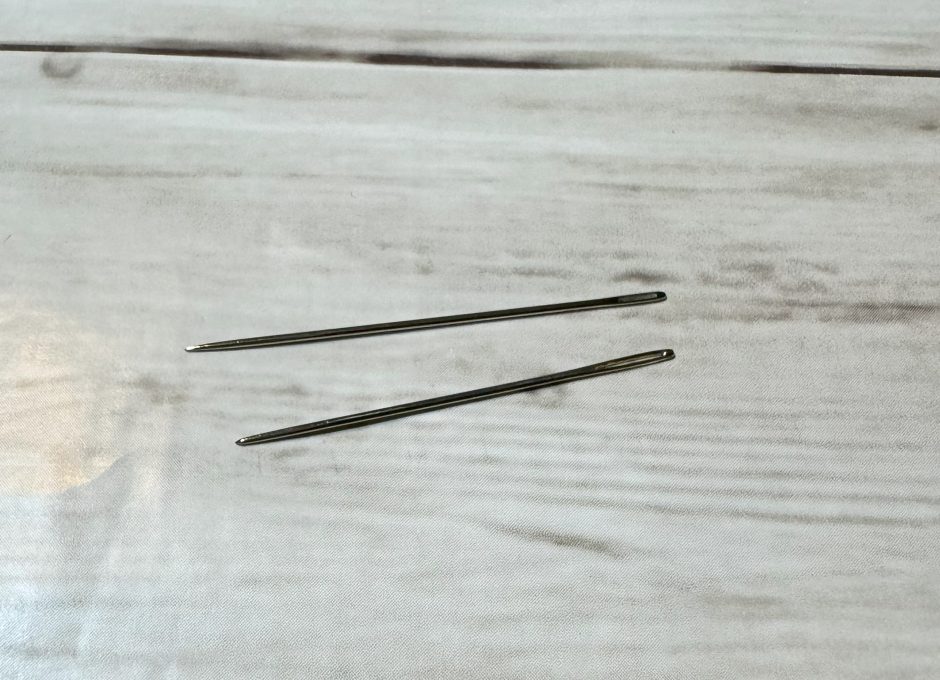
I will admit that most of the time I have done embroidery I have just used whatever sewing needle I had handy and it’s worked out OK. But there are actually needles that are made for embroidery and that have different sized eyes for different sized fabric.
Crewel needles are the ones typically used for embroidery, and may sometimes be referred to as embroidery needles. They have a sharp tip and the eye is a little bigger than the shaft of the needle. These are great for working with fabric that doesn’t already have holes in it.
They are designated by size from 1 to 12, with 1 being the largest and 12 the finest. It’s a great idea to buy a pack with different sizes so you can find what works best for you, or stick with needles in the middle of the range.
For cross stitch, it’s better to use what are known as tapestry needles. These needles have a blunt tip, which will easily go through the hole in the fabric but not so easily make a hole where there isn’t one.
Tapestry needle sizes run from 13 to 28, and again the higher the number the thinner the needle.
In the photo above, the crewel needle is at the top, and the tapestry needle is at the bottom.
Embroidery Kits
When you’re first learning how to embroider, you might want to just buy all the supplies so you can make sure you have everything you need. There are lots of embroidery kits available if you want to go that route.
You can choose a kit that takes you through a bunch of different stitches, like this one from Craftwiz or this one from Bradove (which comes with access to instructional videos to aid in learning) or choose a kit that makes a particular design, such as this one that comes with supplies and instructions for three different hoops of flowers using different embroidery stitches.
Types of Embroidery
When you talk about wanting to learn how to embroider, you can be talking about lots of different things, from using different kinds of stitches to make designs to cross stitching and more. Here’s an overview of the main types you might encounter.
Blackwork

Traditionally blackwork refers to any embroidery done in all black thread on a white background. These days it refers more specifically to counted stitch designs (which can be crossed stitches, boxes or lines) worked in black on white. Sometimes other colors are used for backstitching or to add other details.
Blackwork embroidery typically uses repeating geometric patterns to fill in shapes, and it can be used as the background for a project or as the allover design.
Check out this tutorial from Peacock & Fig to learn more about blackwork.
The above blackwork pattern is from The Steady Thread on Etsy.
Crewel Embroidery

If you’re just thinking you want to learn how to embroider to make different embroidery stitches into designs, you’re probably thinking of crewel embroidery. That’s mostly the style we are talking about here.
Originally worked with wool yarn, crewel embroidery encompasses many of the stitches we think of as embroidery:
- Flat stitches like running stitch and back stitch
- Loop stitches like chain, feather and fly stitches
- Knots such as French knots, bullion and coral knots
- Couching techniques where thread or ribbon is stitched to the surface of the project
Cross Stitch

Cross stitch is a common type of embroidery that uses special fabric with holes in it the allow the formation of crossed stitches. It is sometimes also called counted cross stitch because the designs are made up of particular numbers of stitches, while other forms of stitching might be more improvisational.
Typically cross stitch designs mostly use x shapes worked over a square of fabric. Sometimes partial stitches are used, and techniques from crewel embroidery such as French knots and back stitch may also be employed.
Sashiko

Sashiko embroidery is a style of embroidery from Japan that involves repeating lines or geometric designs. It is commonly seen worked with white thread on blue fabric, though there are other colors also used.
Sashiko traditionally was used as a way to mend or reinforce fabric, so techniques from sashiko are often used in visible mending to make it both functional and decorative.
Stumpwork
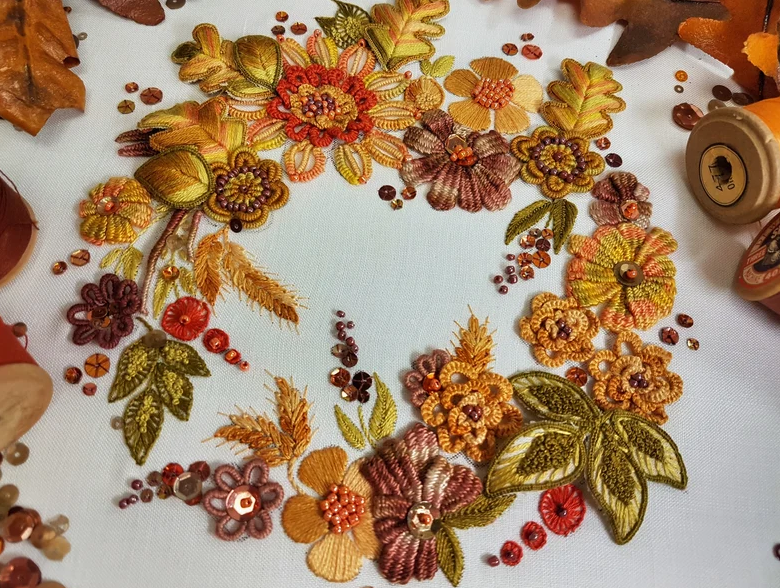
Stumpwork is a highly embellished form of embroidery that is raised from the surface of the fabric it is worked on and is typically made with silk and metallic threads.
Some definitions of stumpwork (also known as raised embroidery) say that there must be human figures in the design for it to really be stumpwork, but generally any three-dimensional, highly detailed and embellished embroidery can be considered stumpwork.
Learn how to do stumpwork with these gorgeous pattern tutorials from Maggie Gee Embroidery.
Whitework

Like blackwork embroidery mentioned above, whitework is a style of embroidery done with white thread. The thread may be pure white or unbleached cotton or linen.
Lots of different styles of embroidery can fall into whitework, which can also involve cutting away some of the backing fabric after the stitches are formed.
This pincushion pattern from Lynlubel is a lovely way to sample several whitework techniques.
Embroidery Stitches
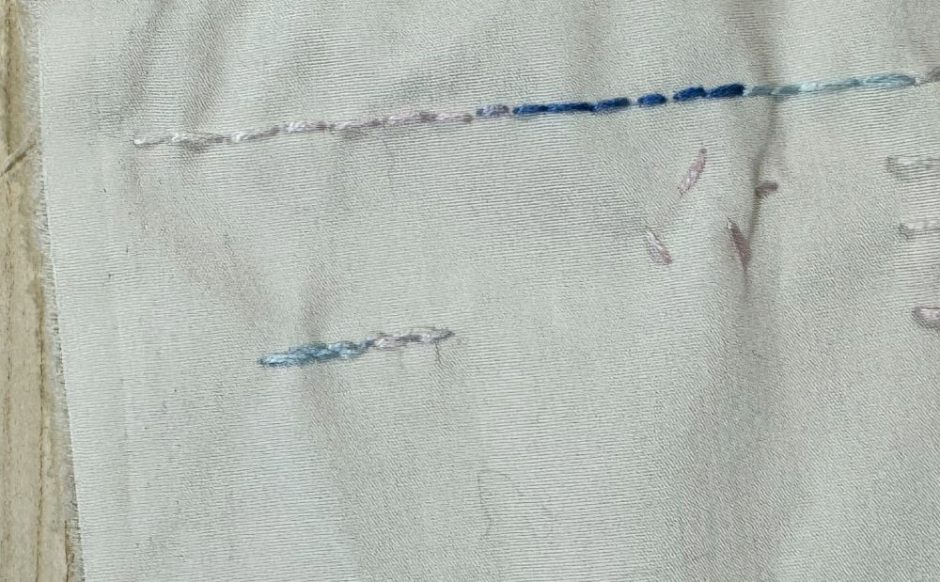
There are many different kinds of embroidery stitches, but when you are first learning how to embroider you can do a lot with just running stitch and back stitch. These stitches will allow you to outline words and simple shapes. Back stitch is also sometimes used in cross stitch to outline different areas or add details.
Once you have these two down you can add other basic embroidery stitches like straight stitch, rice stitch, stem stitch and satin stitch (all of which are explored at that link).
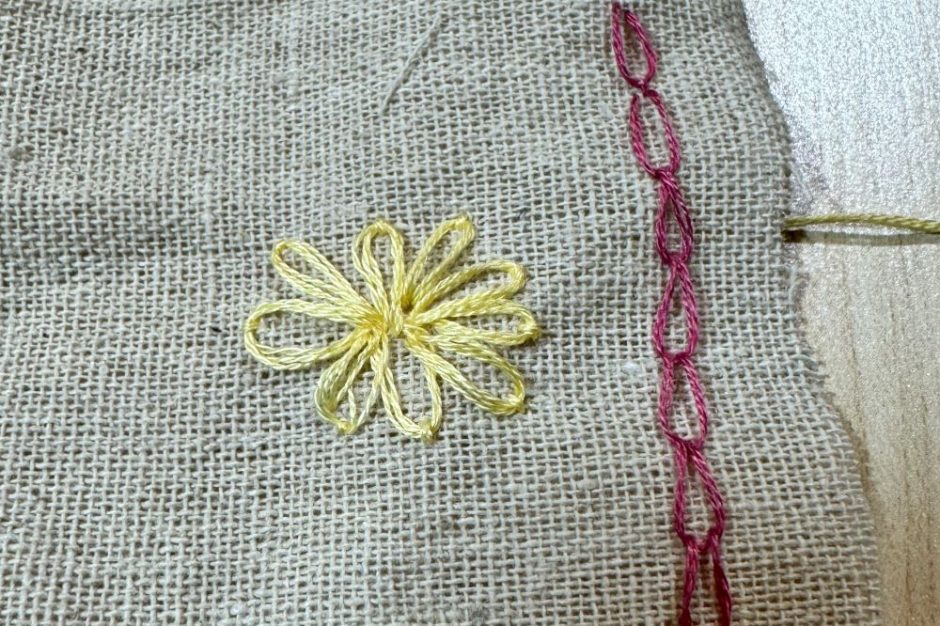
Chain stitch is another great stitch to learn how to embroider because you can use it as chains or make them in a circle (also known as a lazy daisy) to make a flower shape.
Add some fun details with feather stitch and fly stitch, and embellish your projects with texture by working French knots. Blanket stitch is a great one for edging projects or using as a border.
Easy Embroidery Projects
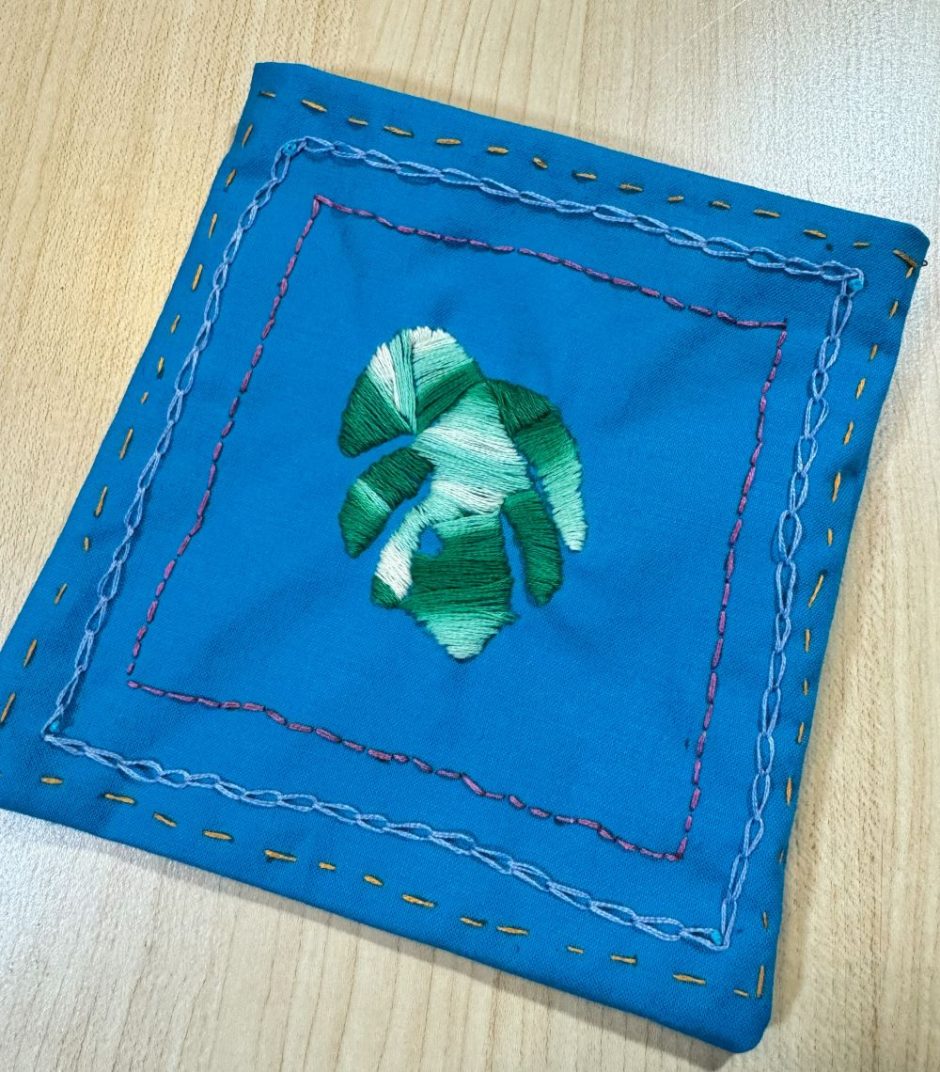
I love a good sampler project for learning lots of different stitches, like this embroidery sampler I made into a bag to house a knitting tool that needed a special place to live.

A bookmark is a great first project when you’re learning how to embroider. You can make an easy cross stitch bookmark like this heart cross stitch bookmark, or make one with any stitching you like. A burlap bookmark is a great first embroidery project for kids and adults alike because the big holes make stitching easy.

You can also just play with a particular kind of embroidery stitch as you’re getting the hang of it. I’ve collected a bunch of patterns and ways to use French knots in embroidery projects as an example.
Doing a visible mending project (which you can see in the photo above) is another great way to practice simple stitches and make something practical at the same time.

And you can make your own project by drawing on fabric with erasable pens or other tools and embroidering and embellishing the drawing. This little bird remains one of my favorite projects ever, and it was so easy to do!
Embroidery Further Learning
Want to dive deeper into how to embroider? These courses and resources are great for gaining skills and inspiration.

CreativeBug has embroidery classes for all skill levels, whether you’re just starting out or ready to improve your skills or make a special project. A few of my favorites include the daily embroidery challenge with Rebecca Ringquist and the embroidered floral patch from Lauren of Lark Rising Embroidery. They also have some great sashiko and cross stitch classes.

You can also find great stitching instruction on Craftsy. I love the boho style mixed media embroidery class by Nichole Vogelsinger, which is so colorful and inspiring. Jessica Giardino’s The Ins and Outs of Embroidery is another good option.
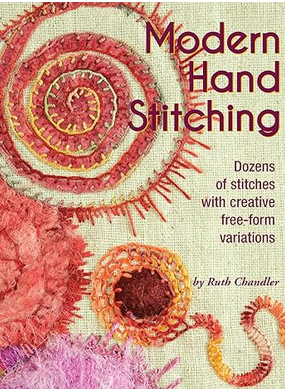
There are tons of great books that can teach you different embroidery stitches and how to use them, but my absolute favorite is Modern Hand Stitching by Ruth Chandler. It shows you the basics as well as ways to change up and combine stitches in different ways to make tons of cool designs.

